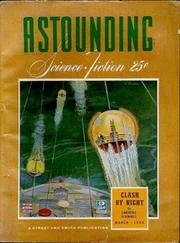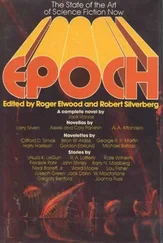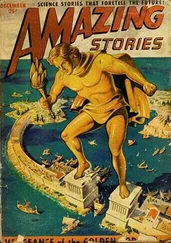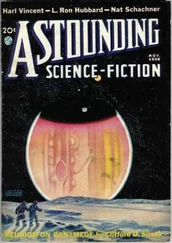The importance of written records as opposed to memory insofar as accuracy is desirable was pointed out many years ago by Sir George Cornewall Lewis, the British historian, who made an exhaustive study of the credibility of early Roman history. As a result of this study, Lewis arrived at the conclusion that a tradition of a past event is not transmitted orally from generation to generation with anything like accuracy of detail for more than a century, and in most instances for a considerably lesser period. Therefore, on a thousand-year flight, if written records were not kept, it is extremely likely that Earth would be forgotten or, at best, would exist only as a legend. A thousand years, in this day of multi-billion financing, seems a small number and is easy to say or write, but is terribly long in actual time. The time since the invasion of England by William the Conqueror is not yet a thousand years. America was discovered by the Vikings not quite a thousand years ago, by Columbus less than half a thousand years ago. If records had not been kept of the Columbus voyage or of the Norman invasion, they would now be forgotten incidents and subject to the speculation of historian theorists. As it is, the Viking voyages to America are very imperfectly known, since only fragments of their record exist, written down many years after the event, from the sagas which commemorated them.—The Author.
Throughout the story I have emphasized that the spaceship concerned operated automatically. In view of the rapid strides which are being made in this direction at the moment, it does not seem to me that such a development is unreasonable. Automatic pilots hate been used on planes for several years to hold the plane on course. In March, 1953, the Minneapolis-Honeywell Regulator company of Minneapolis, Minn., announced the development of an electrical "brain" which would take a plane off the ground, fly it on a prescribed course to its destination and then land it—without a human hand touching the controls. The "brain" has been delivered to the air force at Wright Field , Ohio, and will be given flight tests sometime this year in a B-50 bomber. The flight of the plane is controlled by a tape upon which a flight plan is punched by means of a special coding device, the tape being fed into the brain. The "brain" thus "memorizes" the flight plan from the tape and converts information from a myriad of instruments, scissors, computers, and other navigational aids into electrical impulses that go to the plane's machinery to carry out the plan .—The Author.
The idea of such an educational device was first advanced in 1911 by Hugo Gernsback, editor of this magazine, in his science-fiction classic, RALPH 124C 41+. In that story the machine was called a hypnobioscope. Experiments in the use of such a device dates back to 1922, when it was used at the Pensacola Training Station by the United States Navy to teach the Continental Code. The theory behind the experiments is that when a person sleeps his subconscious still is open to suggestion and can therefore learn. In fact, actual experience has proved that many individuals who fail to master a subject while awake are able to master it while asleep, and there is ground for the belief that knowledge impressed upon the brain of a sleeper will be retained longer and in clearer detail than a lesson learned while awake. Mr. Gernsback, in RALPH 124C 41+, pointed out that one advantage to such an educational device would be the useful employment of sleeping time, which is now waste time so far as any actual human improvement or advancement is concerned. He envisioned a society which would read all its books, do all its studying while asleep, which would mean that the eight hours usually wasted in sleep would be spent as reading time, thus resulting in a vastly better educated society. Experiments have been carried out recently by the British Overseas Airways, the Institute of Logopedies at Wichita, Kan., the institute of language and linguistics at Georgetown University, and by Charles R. Elliott, psychologist at the University of North Carolina. In all these experiments pillow-mike or earphone arrangements have been used, repeating over and over again the lesson which the sleeper is to learn. This, however, would seem to be a crude approach to the problem, and there is no doubt that, before the concept can be employed to full advantage and employed in mass education, some drastically different method must he found. It is my understanding that such a method is now in process of development.— The Author.










